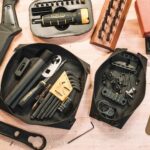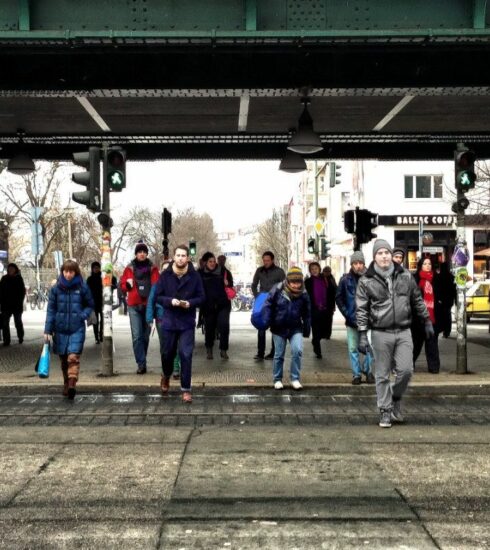CIA Tradecraft Primer
CIA tradecraft refers to the various methods and techniques used by the Central Intelligence Agency to gather information and support the nation’s foreign policy. To simplify, it’s the skillset of spies and agents.
The Central Intelligence Agency is the United States’ premiere intelligence gathering organization. The CIA’s mandate is to collect, analyze, and use information in the interest of the agency. To that end, the CIA employs a number of techniques to gather intelligence, including human intelligence (HUMINT), signals intelligence (SIGINT), and open source intelligence (OSINT).
Tradecraft is the paint in the art of espionage.

What is Tradecraft?
CIA tradecraft is a set of practices and procedures that the agency uses to carry out its missions. These methods are used to collect intelligence, conduct operations, and protect the agency’s employees and assets. Tradecraft includes everything from deception, combatives, disguise and surveillance techniques to document handling and communication protocols.
The tradecraft of the CIA is constantly evolving, as the agency adapts to new technologies and challenges. These techniques have been honed and perfected over the years to provide the CIA with the best possible information to support US national security. In recent years, tradecraft has been used to carry out missions in places like Syria and Afghanistan. As the world changes, so does the tradecraft of the CIA.
Another way to think about what the word “tradecraft” means is that it’s just dynamic life hacking. To do things, anything, in the best or most efficient manner possible to complete the mission… or task.
Tradecraft For Everyday Life
While tradecraft might seem like something only spies need to know, the truth is that we can all use a little tradecraft in our lives. Whether you’re trying to avoid being followed home from work or you’re just trying to gather information about a potential date, knowing how to properly conduct surveillance or how to spot a tail can come in handy.
Whether you’re trying to keep your identity concealed online or simply want to find more efficient ways to budget your money, understanding the basics of tradecraft can help you achieve your goals. So next time you need to get creative with a problem, remember: there’s no situation that a little bit of tradecraft can’t help with.
Analytical skills are a major part of tradecraft and is essential for any intelligence professional worth their salt. After all, what good is all the information gathered through concealment and surveillance if you don’t know how to make sense of it? Skilled analysts are able to sift through mountains of data and identify key patterns and trends that would otherwise go unnoticed. They then use this information to formulate plans and make decisions that help their team achieve its goals.
While analytical skills are obviously important for spies and business executives, they can also be useful in your personal life. For instance, you might use data analysis when budgeting your finances or planning a vacation. You could even use analytics to understand your fitness progress or figure out which foods help you stay healthy.
Tools of Tradecraft:
HUMINT
This is human intelligence, or information gathered by humans through conversation, observation, and written communications. In order for the CIA to obtain this type of intelligence, they often rely on clandestine sources or covert agents who have access to the information they are seeking. This can also be done through interviews, observation, or other means of collecting information.
SIGINT
This is signals intelligence, or information collected from electronic communications, such as telephone calls, emails, and social media posts. The NSA is responsible for most SIGINT collection, but the CIA also has its own SIGINT capabilities.
OSINT
This is open source intelligence, or information that is publicly available, such as news articles, social media posts, and business records. The CIA relies heavily on OSINT in its work, as much of the information they are interested in is likely to be publicly available somewhere.
IMINT
This is imagery intelligence, or information that is gathered from aerial images. This can include satellite images, photographs, and other types of images.
CI
This is counterintelligence, or information that is gathered to protect against hostile intelligence activities. This can include surveillance, interrogation, and other means of gathering information.

To the casual observer, tradecraft may seem like a set of skills exclusive to spies and espionage operatives. After all, these are the professionals who make a living out of concealing their identity, gathering intelligence in hostile environments, and carrying out missions with precision and stealth.
But while tradecraft certainly has its roots in the world of espionage, the term actually encompasses a much broader range of skills and techniques that can be applied in both civilian and military contexts. In fact, you might be surprised to learn that many of the skills used by spies are also relevant in your everyday life.






